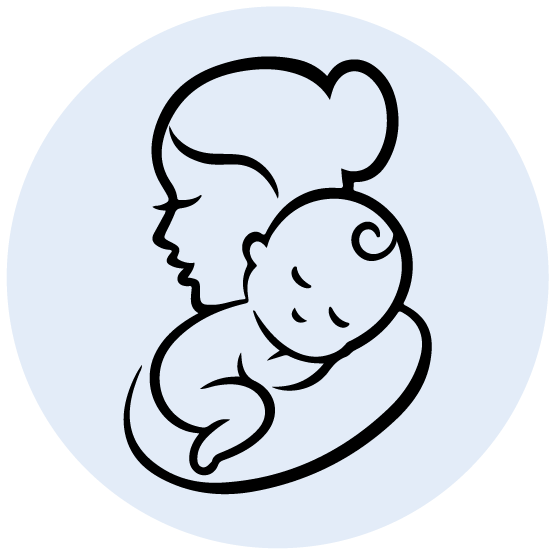
The Basics of Breastfeeding
At its most basic definition, breastfeeding is defined as the process of providing breast milk to a child. Whether this is accomplished through the child latching to the mother’s breast or pumped into a bottle, the result is the same with the child being provided with breast milk. When starting out, it is recommended to introduce breast milk from the breast, if able, until your infant is doing well with feedings and can be introduced to a bottle. This helps to avoid confusion and breastfeeding difficulties early on. There are many benefits to breastfeeding to explore!
Why breast milk?
Breast milk contains a blend of essential nutrients that are beneficial for growth and development such as vitamins, protein, and fat. The only exception is vitamin D. If planning to fully breastfeed, vitamin D supplementation for the infant is recommended to ensure healthy bone development. Breast milk also provides antibodies to help build up the infant’s immune system and lower the risk of them becoming sick often. It also aids in developing the gut microbiome and promoting good gut health through providing healthy bacteria. There are various short-term and long-term health benefits of breastfeeding for both the mother and child.
Benefits for Mom
Breastfeeding reduces risk of:

Benefits for Baby
Breastfeeding reduces risk of:
How long should a child receive breast milk?
Both the World Health Organization and Dietary Guidelines for Americans currently recommends exclusive breastfeeding for the first six months of life. When starting out, it is common to feed a newborn 8 to 12 times over a 24-hour period. How much milk a baby needs and how often they will need to nurse changes as the baby grows, and the woman’s body will adjust too! Breast milk will change at each feeding based on what the child needs.
Continued breastfeeding along with the introduction of complementary foods and common allergen foods (peanuts, tree nuts, soy, shellfish, etc.) after six months is the next recommended practice along with breastfeeding until the child’s first birthday or for as long as desired! If interested in breastfeeding, it is important to discuss plans for breastfeeding with your Blue Primary Care Network Provider to ensure you receive appropriate guidance and resources as part of your prenatal and postpartum plan of care.
Additional Resources Available:
-
Blue Cross & Blue Shield of Mississippi provides a double electric or manual breast pump for eligible covered Members as part of their benefit plan. Learn more about the breast pump benefit.




 Women's Health
Women's Health Eat Healthy
Eat Healthy Exercise
Exercise Health & Wellness Articles
Health & Wellness Articles